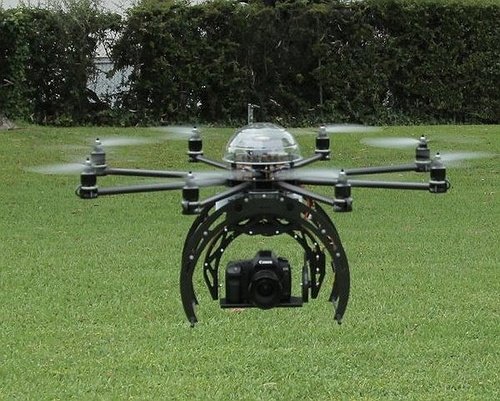When you look up ahead, don’t be surprised if you see flying drones. The FAA announced yesterday the approval of six aerial cinematography companies to use drones in their work for the film and television industries.
The approval is the first exemption of its kind. This is also only the second time the FAA has approved flying drones for commercial purposes. The first approval was in June when an oil company received the okay to fly a drone over oil fields off of Alaska. In the past, the FAA has maintained that flying drones for any type of commercial activity is prohibited.
The approval to use drones in the film industry will make filmmaking faster and cheaper considering drones may now be deployed to take care of shots at lower altitudes and for views inside of tall buildings that would have otherwise required the use of cranes and helicopters.
More film work may also stay in the U.S. considering prior to the approval some filmmakers had to resort to taking shots at other locations where there weren’t FAA regulations.
Under the approval, the filmmaking companies still have to work under certain safety rules. In their application, the firms said the operators will hold private pilot certificates, keep the unmanned aircraft systems (UAS) within line of sight at all times and restrict flights to the “sterile area” on set. The FAA also added to the safety conditions the need to inspect the aircraft before each flight, and prohibit operations at night. Certificates of Waiver or Authorization (COAs) will also be issued mandating flight rules and timely reports of any accident or incidents, according to the FAA press release.
The FAA Administrator Michael Huerta offered further comment, “The applicants submitted UAS flight manuals with detailed safety procedures that were a key factor in our approval of their requests. We are thoroughly satisfied these operations will not pose a hazard to other aircraft or to people and property on the ground.”
The Motion Picture Association of America acted as the key facilitator of the exemption requests on behalf of the six cinematography companies.
[Source: FAA]
Photo by Flying Eye, via Wikimedia Commons under Creative Commons Attribution-Share Alike 3.0 Unported.










